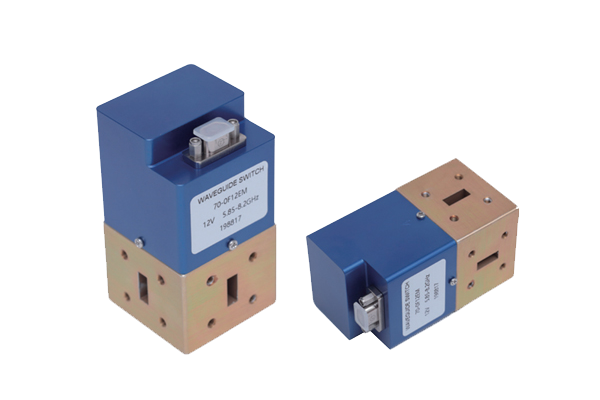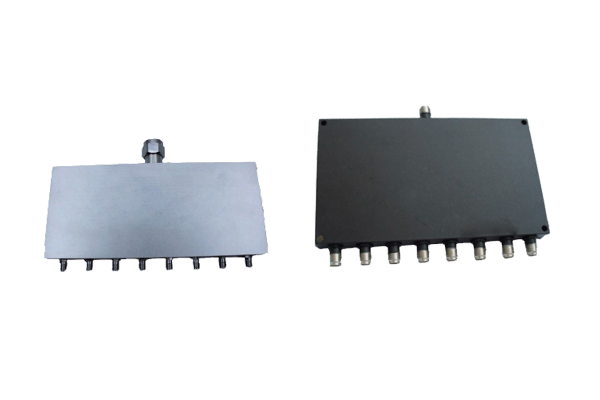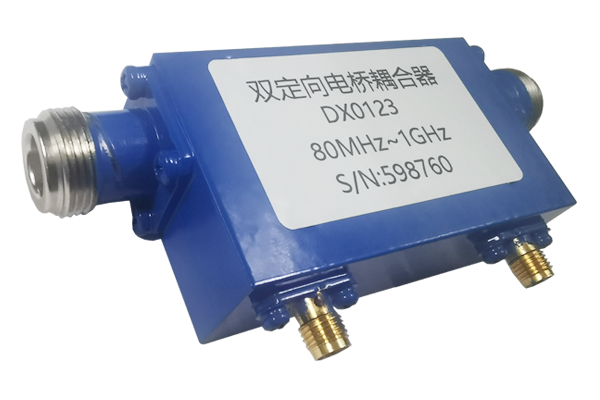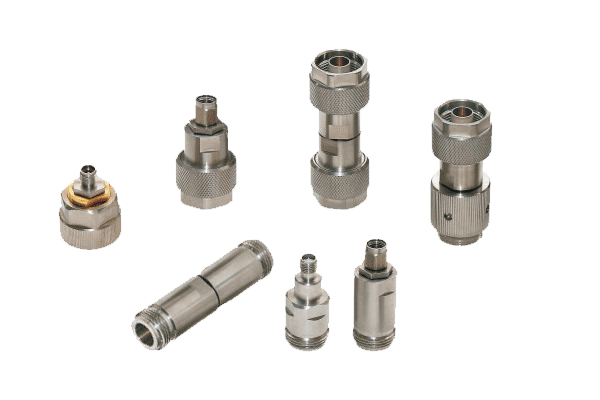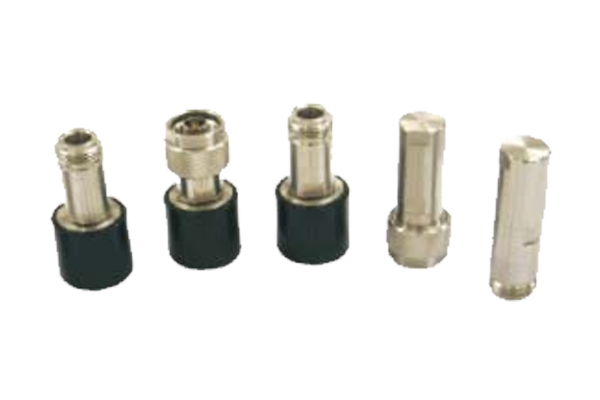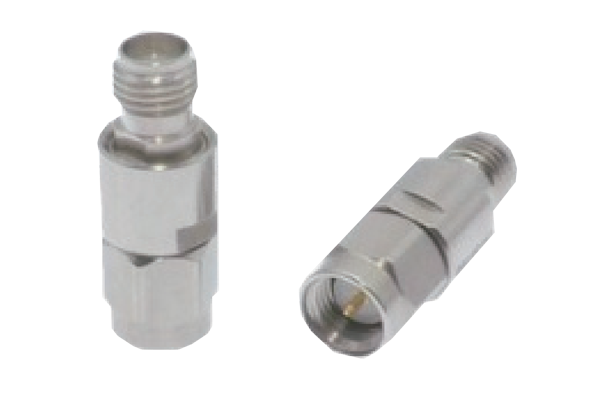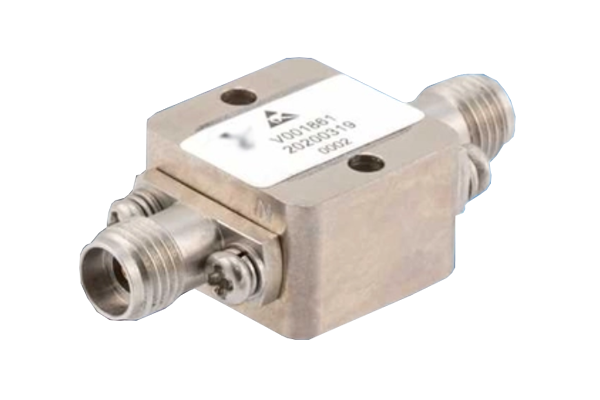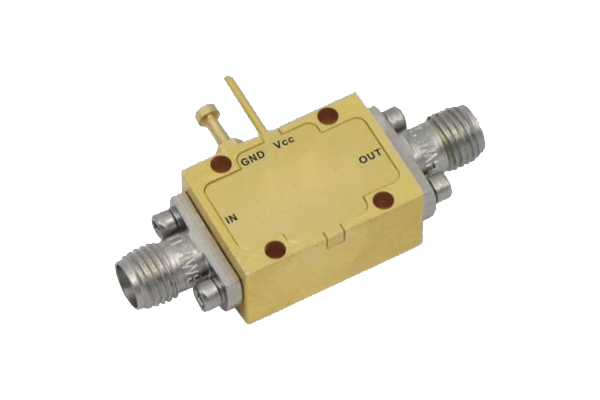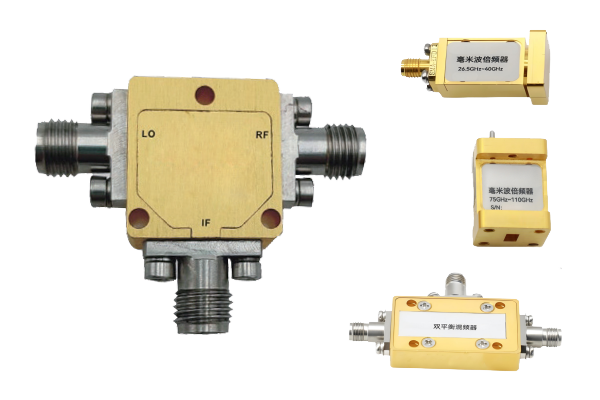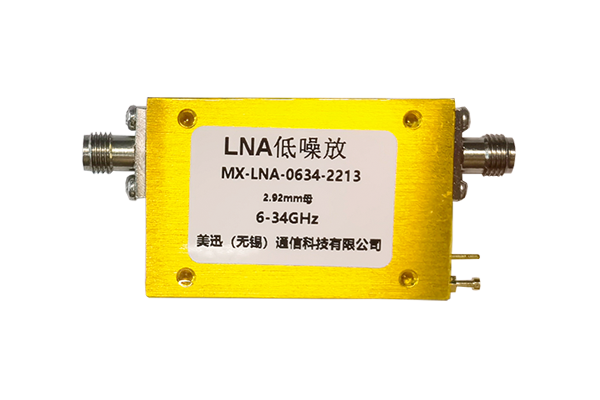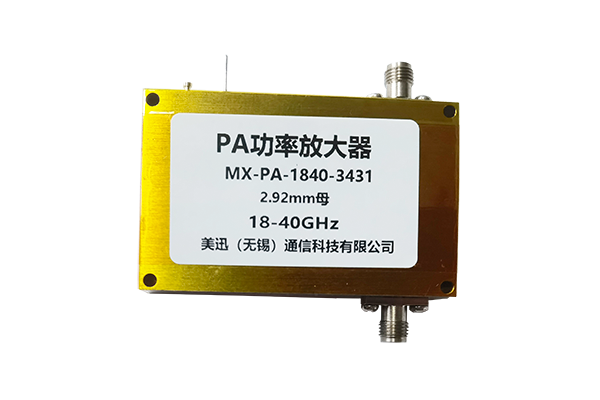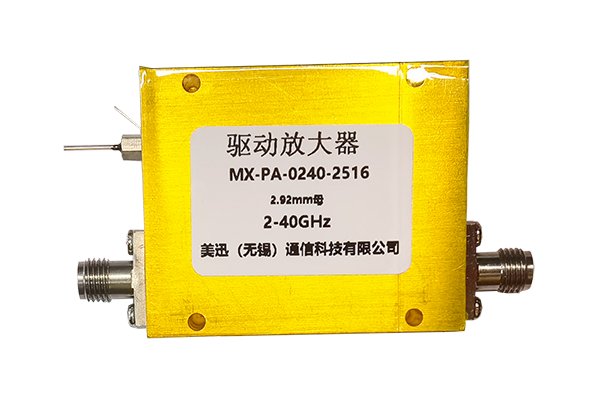Preparations Before Calibration
First, establish a stable calibration environment, ensuring there is no strong electromagnetic interference to avoid environmental factors affecting calibration accuracy.
Then, check the necessary instruments and equipment:
- Signal generator
- Power meter
- Spectrum analyzer
Confirm that they are in normal working order and have completed their own calibration.
Simultaneously, connect the RF power amplifier to the calibration system, ensuring all interfaces are securely connected without looseness or poor contact, laying the foundation for subsequent calibration operations.
Gain Calibration Operation
Gain calibration aims to ensure that the amplification ratio of the RF power amplifier's output signal to its input signal meets design requirements.
First, input a standard signal of a specific frequency band to the amplifier using a signal generator, then use a power meter to measure the signal power at the amplifier's input and output terminals respectively.
Based on the measurement results, adjust the amplifier's internal gain control components to achieve the preset gain standard, ensuring that the amplifier maintains stable gain performance under different input signal strengths.
Linearity Calibration Adjustment
Linearity calibration eliminates the nonlinear distortion generated by the RF power amplifier during signal amplification.
By inputting test signals of varying amplitudes through a signal generator, a spectrum analyzer is used to monitor the distortion of the amplifier's output signal, such as harmonic components and intermodulation products.
Based on the monitoring results, the linearization circuitry or compensation components inside the amplifier are adjusted to reduce the intensity of the distortion signal, ensuring that the output signal accurately follows changes in the input signal and that the amplifier maintains good linearity throughout its operating range.
Post-Calibration Verification and Confirmation
After completing gain and linearity calibration, comprehensive verification testing is required.
Different signals covering the entire operating frequency band are input to the RF power amplifier, and the output power, gain stability, and distortion are measured respectively to check whether each indicator meets the preset standards.
Simultaneously, the amplifier is run for an extended period, simulating actual working scenarios, and performance changes are monitored to confirm the stability and reliability of the calibration effect, avoiding performance problems in practical applications due to calibration deviations.
Note: Always follow manufacturer guidelines and industry standards during the calibration process.




